New Years Traditions
Many Americans picture the typical New Years traditions are gathering the Times Square and waiting for the ball to drop. However, this isn’t the same in many other countries around the world. Today we’re going to check out some of those New Years traditions and see just what they entail!
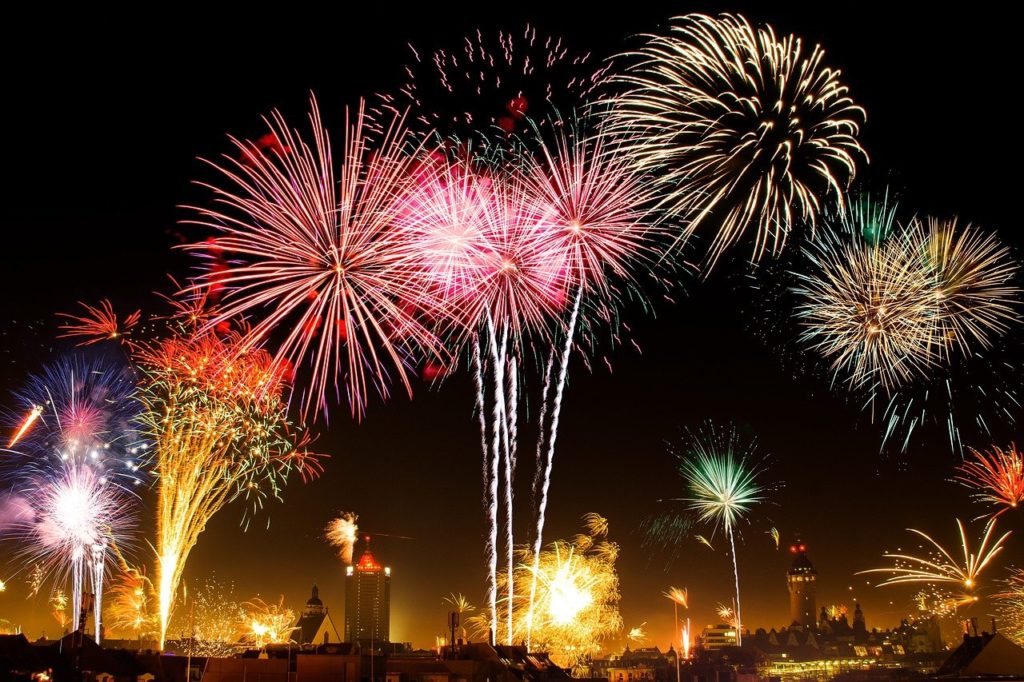
Spain
In Spain, one of the more interesting New Year’s traditions involves fruit – grapes, specifically. In the last 12 seconds of the year, you are supposed to eat 12 grapes for each second. If you cannot finish all of them in the allotted time, then you are thought to have bad luck. In the larger cities of Madrid and Barcelona (before COVID) people would gather in squares to eat the grapes together.

Ecuador
In Ecuador, one of the New Year’s traditions is a lot hotter than the Spanish. They make effigies of common personalities or well-known figures and burn them at midnight. The idea is to burn any ill-fortune or remnants of the old year from carrying over to the new one.
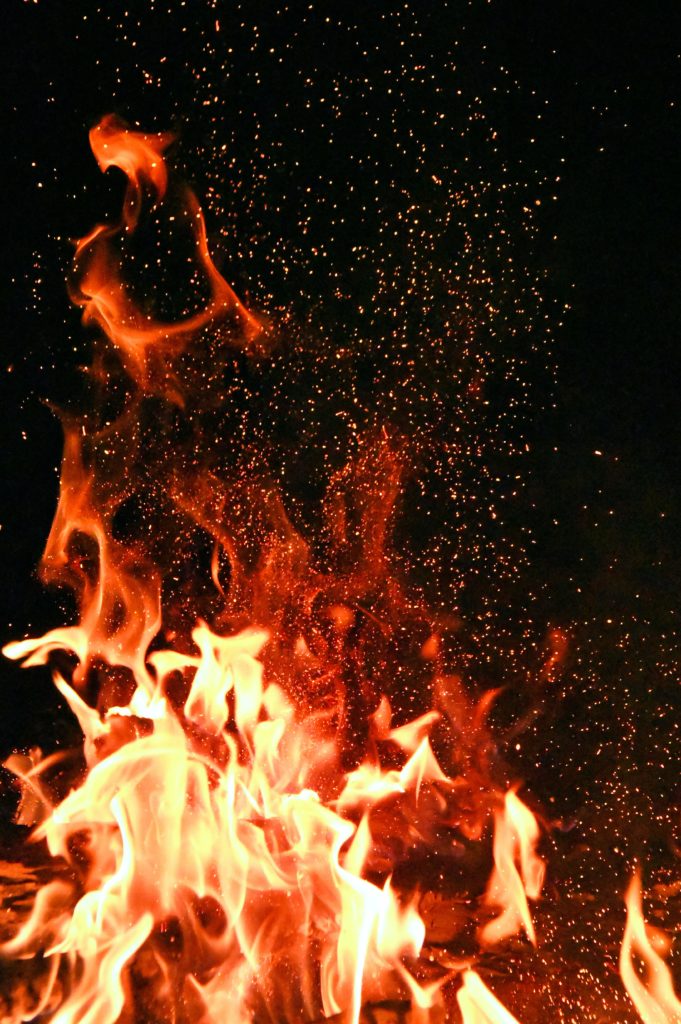
Denmark
While Greece might be more famous for smashing plates, Denmark should share some of that limelight as well. When New Year’s Eve comes around, the Danes are just as willing to smash plates. Specifically, they throw them outside the doors of friends and family members. The more smashed plates outside of the home, the better luck you are supposed to have. Let’s hope for a lot of smashed plates after 2020.
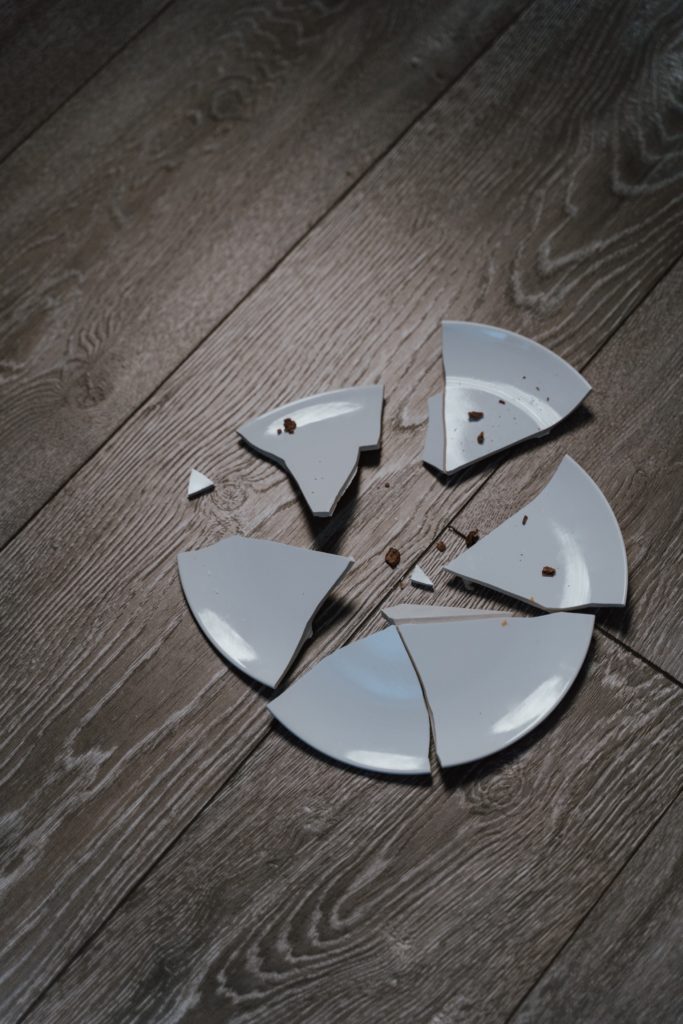
Philippines
Some traditions are a lot less destructive. The New Year’s tradition in the Philippines involves surrounding oneself with round objects.These could be coins, fruits, plates or other objects. The idea is that each round object represents luck and good fortune for the new year. For Filipinos, wearing anything round signifies prosperity. The polka dots epitomize money and fortune.

Japan
Japanese Buddhism has been around for a very long time. Thus, it’s only natural that they’ve developed some traditions for the New Year over that period. The most notable of these includes ringing bells at their temples 108 times on New Year’s Eve. There are 107 dings leading up to midnight, with the 108th signaling the start of the new year. The tradition, known as joyanokane, is meant to cleanse each person of sins and evil desires from the past year.
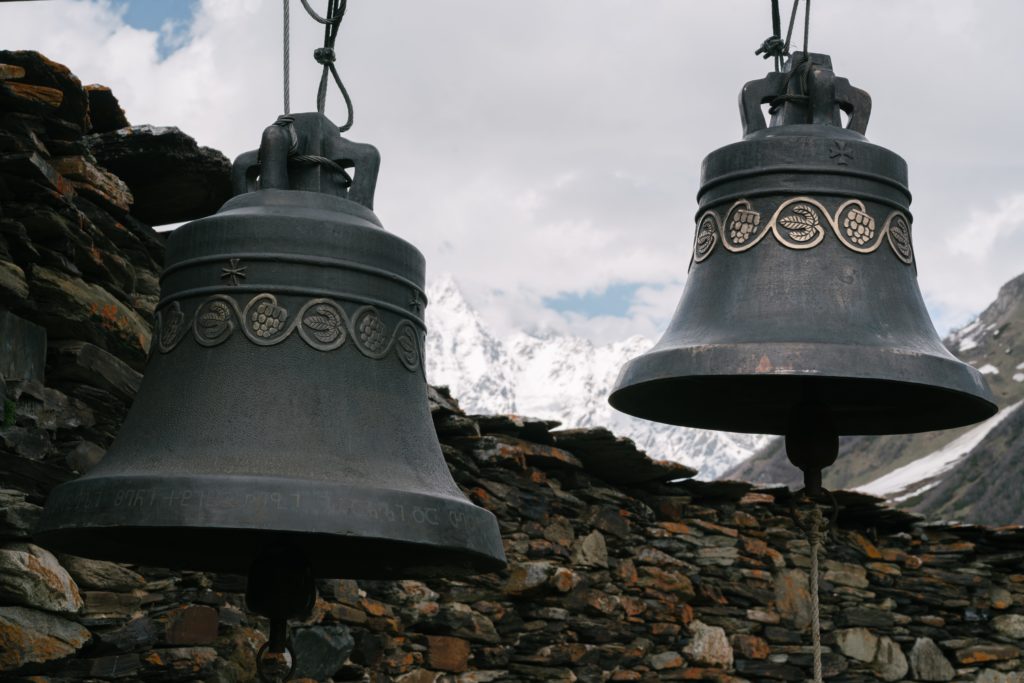
Colombia
Colombia has a variety of New Year’s traditions that we could speak about, but one in particular sticks out. People carry around empty suitcases in the hope to travel in the upcoming year. This is paired with carrying money in hand around midnight in order to guarantee financial stability. Financial stability paired with lots of travel? Yes please!
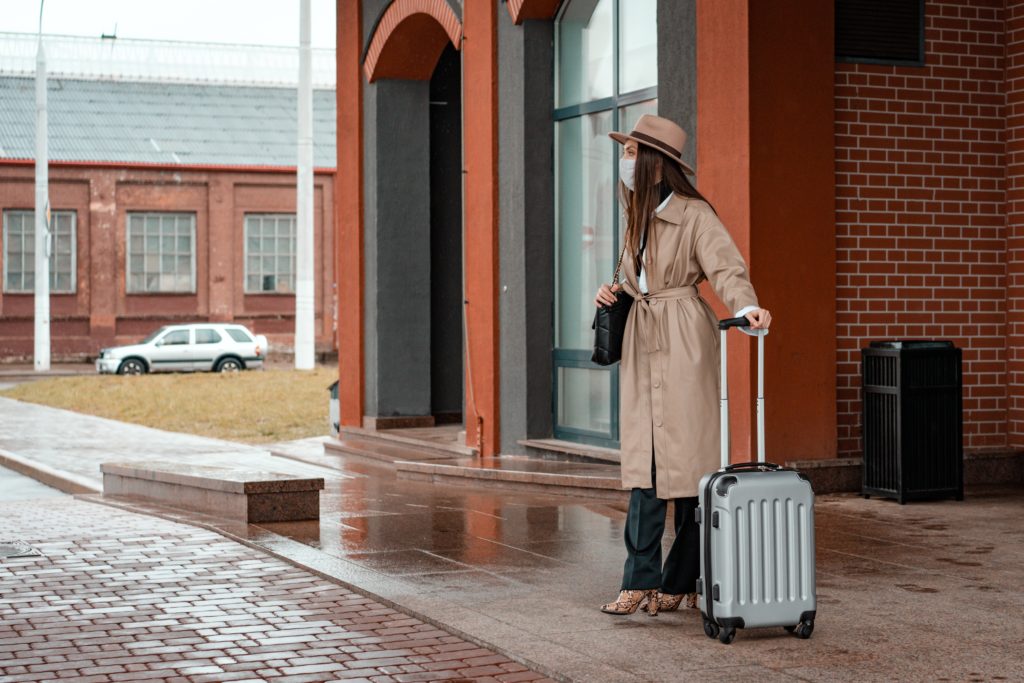
Armenia
We’re going to end with a fairly straightforward tradition from Armenia. They bake special batches of bread in which they embed “good luck” for the new year. Every batch of bread made on the last day of the year gets this blessing. Let’s hope that the Armenians make plenty of that lucky bread, as everyone could use some.
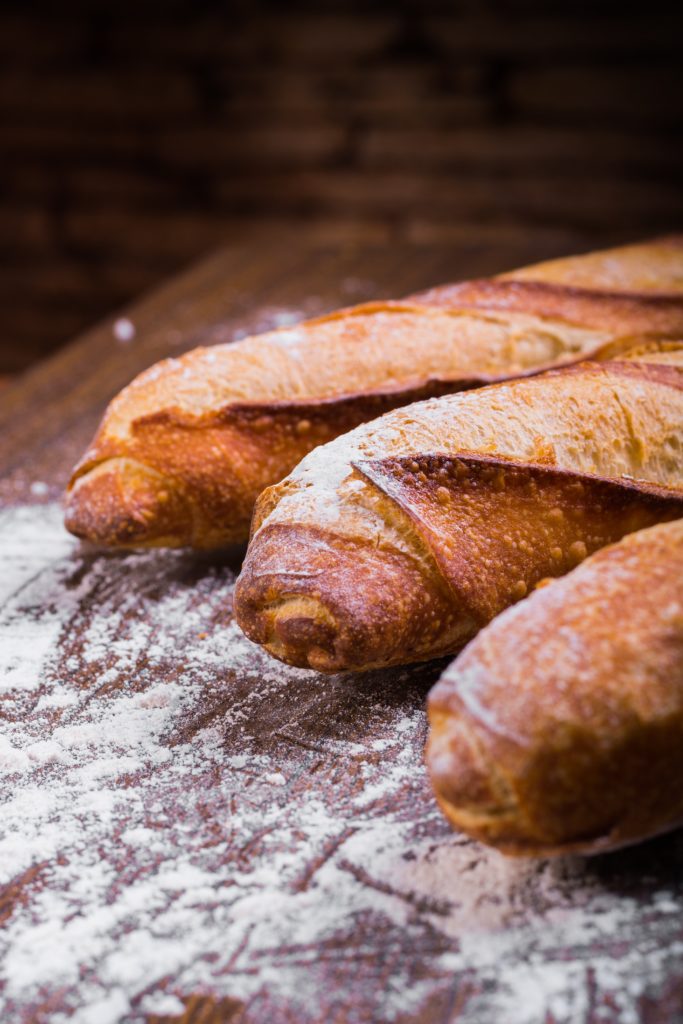
These are just some of the traditions that blanket the planet around New Year’s Eve. Will you be picking up any of them in order to see if they bring luck to 2021 and beyond?
Check out my other blog posts:
SHARE THE EXPERIENCE

























